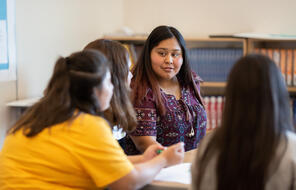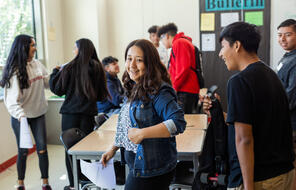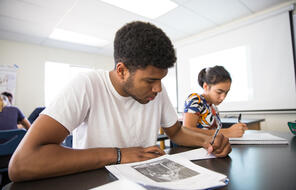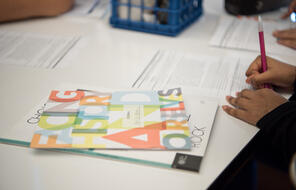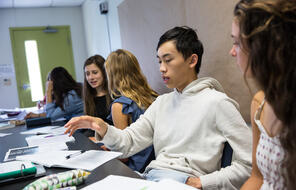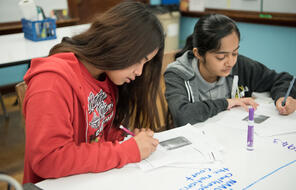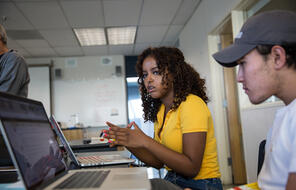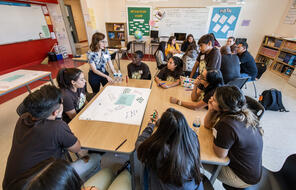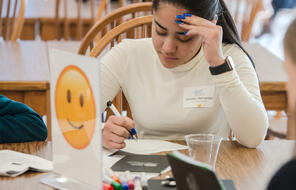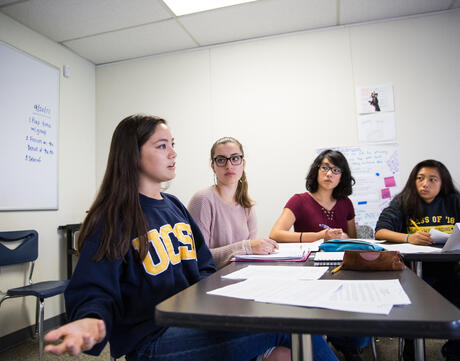
Laissez-moi le dernier mot
Overview
« Laissez-moi le dernier mot » est une stratégie qui oblige tous les élèves à participer à une discussion, et non seulement à prendre la parole mais aussi à écouter de façon active. De par sa structure claire, elle aide les plus timides à exprimer leurs idées tandis que ceux qui prennent le plus fréquemment la parole apprennent à rester coi. On l’utilise souvent pour discuter d’un texte ou d’un film.
Procedure
Étapes de la mise en œuvre
Variations
Unlimited Access to Learning. More Added Every Month.
Facing History & Ourselves is designed for educators who want to help students explore identity, think critically, grow emotionally, act ethically, and participate in civic life. It’s hard work, so we’ve developed some go-to professional learning opportunities to help you along the way.
Exploring ELA Text Selection with Julia Torres
On-Demand

Working for Justice, Equity and Civic Agency in Our Schools: A Conversation with Clint Smith
On-Demand

Centering Student Voices to Build Community and Agency
On-Demand



